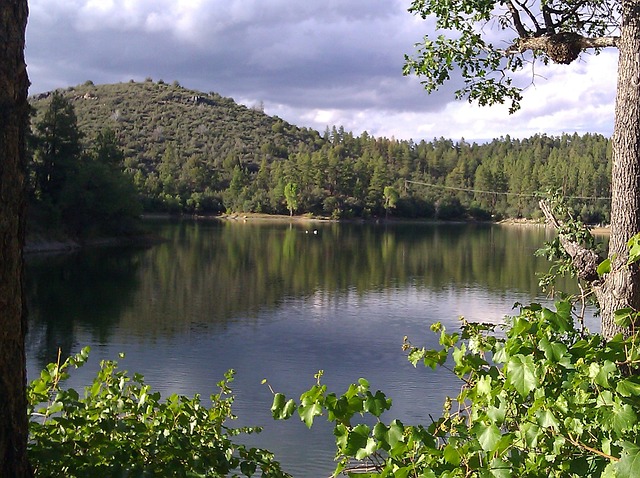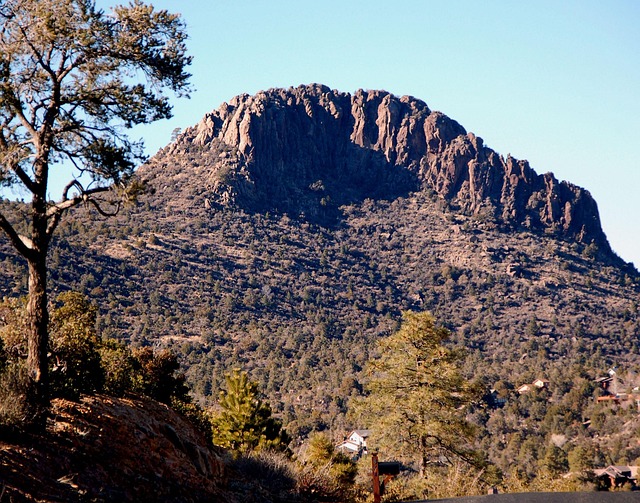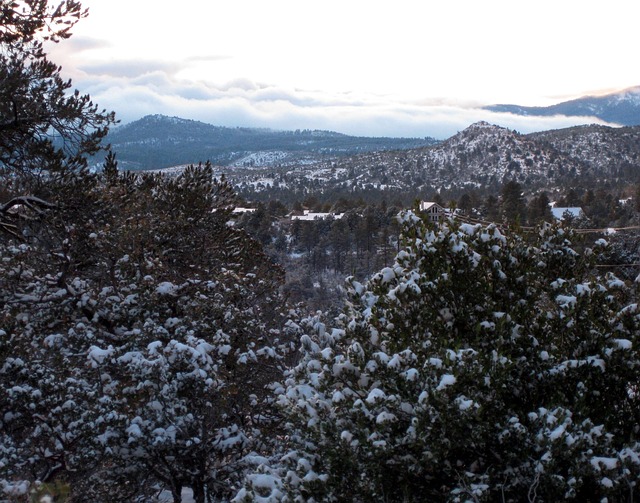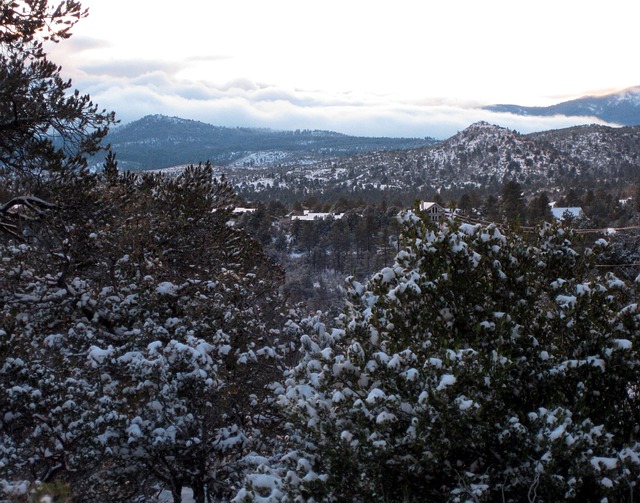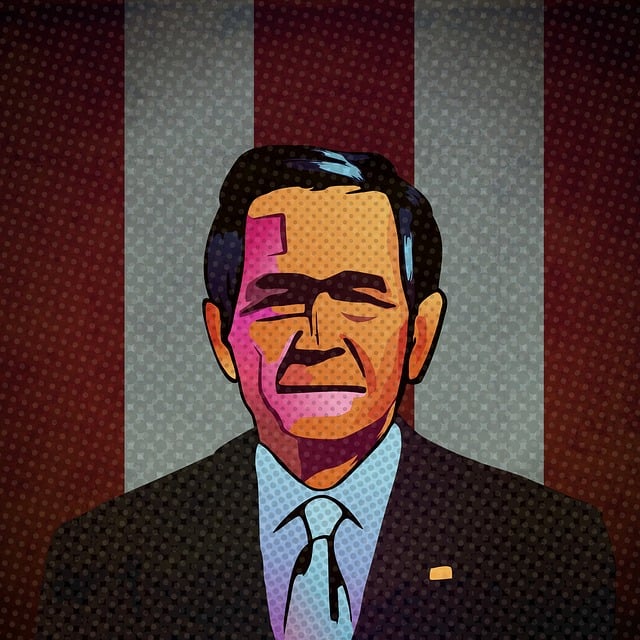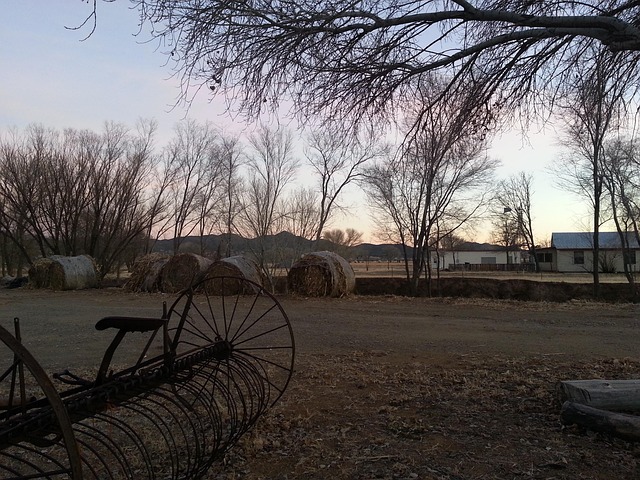The Cheyenne Rodeo, as Wyoming's oldest rodeo (1893), symbolizes the American West and attracts global visitors, boosting local economy and property values through its rich history and community spirit. This annual event reflects a broader real estate trend where location isn't just an address but part of a cultural narrative. However, it faces challenges from modern entertainment, changing audience preferences, and real estate dynamics, requiring innovative strategies like new attractions, technology, and local business partnerships to ensure its future while balancing tradition and innovation in a dynamic global landscape.
“Discover the enduring legacy of the world’s oldest rodeo, a spectacle that has captivated audiences for centuries. This iconic event, rooted in historical traditions, has not only defined the cultural fabric of many regions but also left an indelible mark on the real estate industry. From its humble beginnings to its global fame, we explore how this unique heritage festival shapes local communities and attracts visitors worldwide. Uncover the challenges and opportunities facing this timeless tradition as we delve into its future prospects.”
Unveiling the Historical Roots of the World's Oldest Rodeo
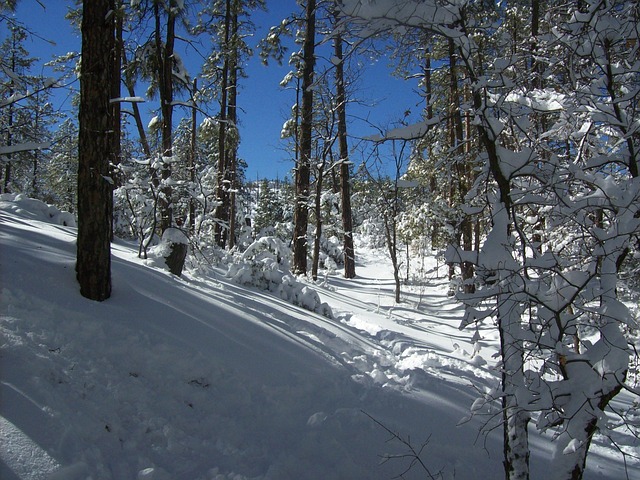
The World’s Oldest Rodeo, a captivating event steeped in history, finds its roots in a time when the American West was still shaping up. This dynamic tradition traces back to the 19th century, when the vast expanses of real estate were not just landscapes but untamed territories waiting to be explored and settled. It emerged as a gathering of cowboy culture, showcasing their skills in cattle herding, roping, and steer wrestling. These early events served as more than mere competitions; they were social hubs that brought communities together, fostering a sense of camaraderie among ranchers, farmers, and settlers.
The evolution of the rodeo from these humble beginnings to its current global recognition is a testament to its enduring appeal. Over time, it has grown into a spectacle that captivates audiences worldwide, preserving the spirit of the Old West while also attracting modern-day cowboys and cowgirls. The real estate that hosts these events plays a significant role, offering spaces that allow for both the spectacle of the rodeo and the rich storytelling of its historical roots.
The Cultural Significance and Evolution of Rodeo in Real Estate
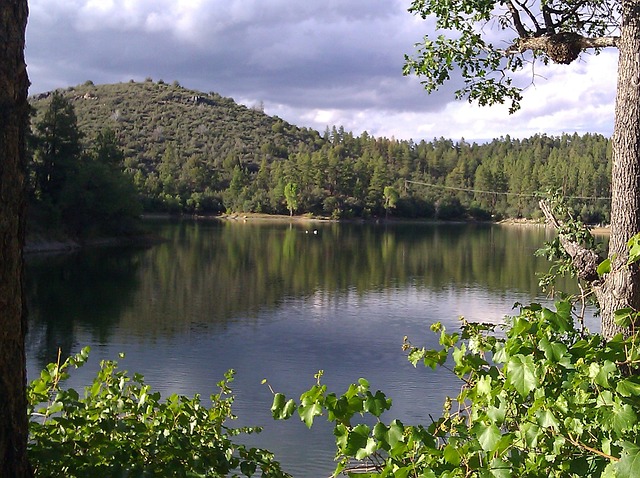
The rodeo, known as the world’s oldest in Wyoming’s historic town of Cheyenne, holds immense cultural significance, transcending its roots as a practical skill for herding cattle. Over time, it has evolved into a vibrant symbol of the American West, attracting visitors from around the globe who come to witness this unique spectacle. This annual event not only showcases the art of rodeo but also serves as a catalyst for the local economy, with real estate playing a pivotal role in its success. The surrounding areas experience a surge in accommodation bookings and related businesses, highlighting the profound impact of cultural events on community development and property values.
The evolution of rodeo reflects a broader trend in real estate where location becomes more than just an address; it’s about being part of a story and experiencing a way of life. As such, properties near major cultural attractions often command higher prices due to their proximity to experiences that shape communities and leave indelible marks on the local culture. This dynamic illustrates the intricate relationship between cultural events, community identity, and real estate markets.
Preserving Tradition: Challenges and Future Outlook for the World's Oldest Rodeo Event
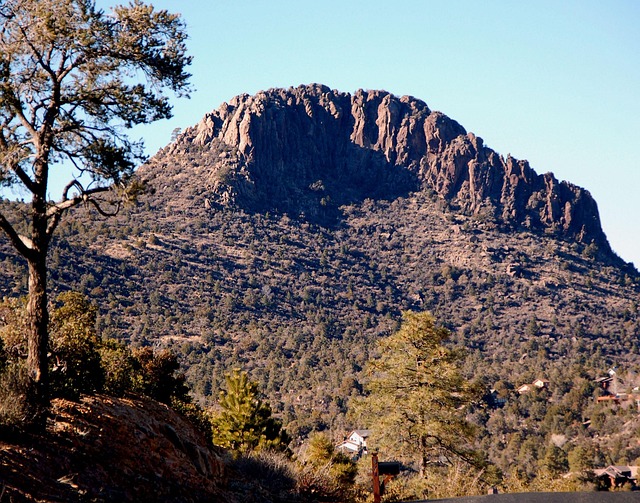
The world’s oldest rodeo event, rooted in a rich historical fabric, faces challenges in preserving its tradition amid evolving times. As a cultural landmark, the rodeo has long been a symbol of rural heritage and community spirit, attracting visitors from far and wide to witness the display of skill and courage. However, keeping this centuries-old tradition alive requires navigating through various obstacles, including competition from modern entertainment options, changing audience preferences, and the need to adapt to economic realities in the real estate sector.
Looking ahead, the future outlook for this iconic event hinges on its ability to embrace change while staying true to its roots. Innovative strategies are crucial; this could involve introducing new attractions that appeal to a broader audience, leveraging technology to enhance the experience, and fostering partnerships with local businesses and organizations. By carefully balancing tradition and innovation, the world’s oldest rodeo can continue to thrive, preserving its legacy for future generations against the backdrop of a dynamic global landscape.
